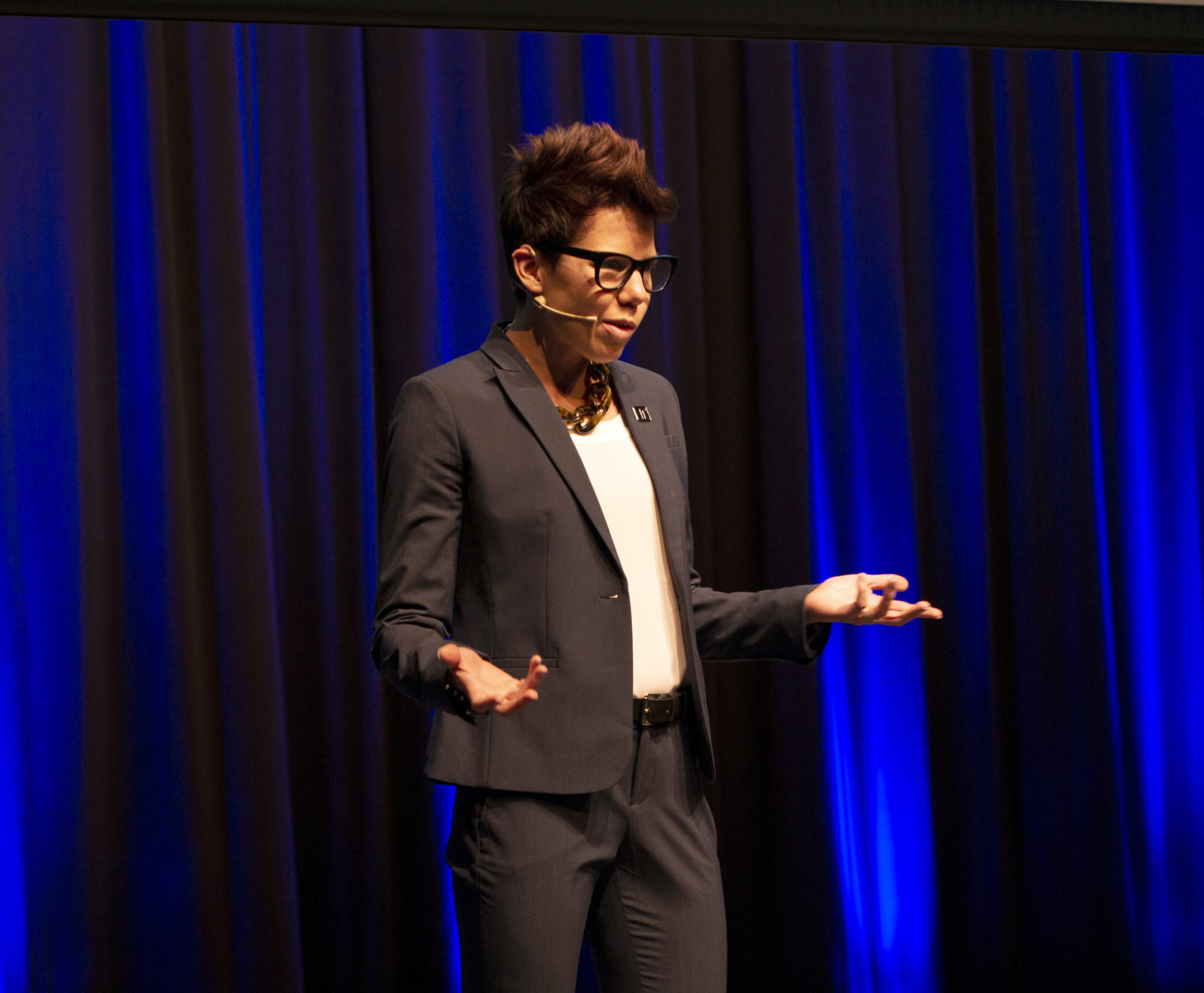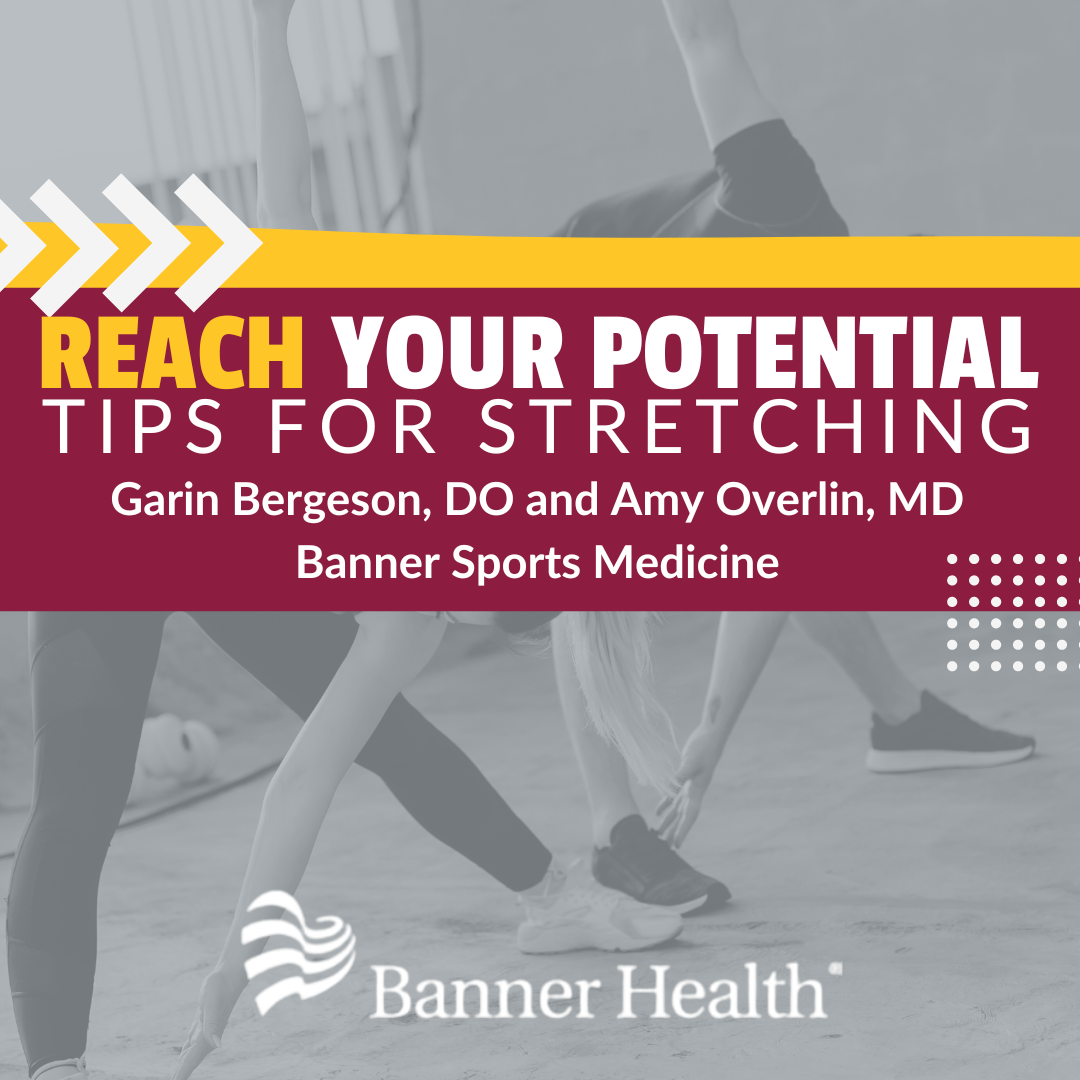Make Your Mark: Changing Your Fate with Katie Piston
“Above your genetics, what complex interplay of forces not only impacts your health but shapes who you are? If we’ve solved the human genome, why haven’t we found a genetic basis for all diseases? Why haven’t we cured cancer?”
Our Make Your Mark series, powered by the NFL, showcases the global impact of the Tillman Scholars who are writing the story of a better future. In these videos they share their works of humble leadership and service across both public and private sectors. For the next few weeks, we will be sharing our scholars’ impressive work that seeks to actively change the world. This Make Your Mark Talk was originally presented at the 2019 Tillman Honors.
In her talk, Tillman Scholar Katie Piston discusses the magic of DNA and how her research in the field of epigenetics is investigating how to change our fate.
Epigenetics is centered on finding what’s behind genetics and how other factors in our environments and in our socialization play a part in how our genes are expressed. Piston outlines how her research into twins and cancer has opened doors to new questions and fascinating finds in how our genes dictate our fate.
Watch her full talk and read the transcript below.
“Everything that living things do can be understood in terms of the jiggling and wiggling of atoms.” That’s a quote from Richard Fineman, physicist and Nobel laureate, so overall pretty smart guy. Everything that living things do can be understood in terms of some bouncing atoms? Now most people’s knowledge of atoms probably ends with mixed memories of protons, neutrons, and so on from chemistry class, but from the chair you’re sitting, on to the air you’re breathing, to you, yourself, — all atoms. Human beings are comprised of complex molecules that are simply atoms bonded together. So let’s talk about some complex molecules that maybe we all recognize.
Who recognizes this?
Yeah! DNA. Deoxyribonucleic acid, the carrier of your genetic information, your unique blueprint, your 23andme test results, but that’s really only half the story. When you think of your DNA, I would so much rather you picture something like this.
So what are these clusters?
These clusters are a collection of eight proteins called histones, and they control the packaging of DNA. Now to put into perspective what a task it is to package your DNA to fit inside you, I want you to know that if stretched from end to end, your DNA would take you from where you’re sitting, in this room, to the Sun, and back, 300 times. Histones are nothing short of magic. You could almost think of them like the Marie Kondo of the genetic world, fitting a mind-boggling amount of stuff into a tiny space. But it’s more than just fitting it inside of the cell, it is a dynamic orchestration that controls how a cell functions based on which areas of the DNA are left accessible. Because, see, only the accessible regions are what is read.
So how do histones do this? How do they know what areas to spool and unspool?
Well, what we do know is that it happens via a series of chemical reactions that place tags above your genetic information — chemical tags — that dictate when certain genes get turned on and turned off. These tags are the direct result, often, of our lifestyle choices: what we do, what we eat, how stressed we are.
Even more interesting is that these chemical tags are also passed on amongst multiple generations, and that they’re reversible. So that’s all known. What we don’t know, and what I’m spending my career researching, are the underlying molecular mechanisms that set this whole thing in motion. At the level of jiggling and wiggling, what is going on with these complex molecules? And, better yet, how could we control them with targeted pharmaceuticals or lifestyle interventions? How can we change our fate? I hope to find the answer in epigenetics.
So let me tell you a brief story to highlight the impact of this work. It’s a story about twins. So twins are like a gift to science, two people that share 100% genetic information, and for this I want you to imagine a pair of 39-year-old twin sisters. Identical twins, so similar, that when they were younger their parents struggled to tell them apart. But when they showed up for a recent research study, they looked very different. You see one had long flowing brown hair, while the other had just tiny wisps of hair appearing from under a beanie, the result of four months of chemotherapy and radiation, treatment that had been ordered after a doctor found a tennis ball sized tumor in her left breast. See the second sister had stage 2 breast cancer that was spreading. Interestingly, the first sister would never go on to develop cancer, and neither tested positive for the genetic mutation known to account for five to ten percent of breast cancer cases.
So, with exactly the same genes, how is this possible? How is their fate so different?
Epigenetics. Epi- meaning above. Above your genetics, what complex interplay of forces not only impacts your health but shapes who you are? If we’ve solved the human genome, why haven’t we found a genetic basis for all diseases? Why haven’t we cured cancer? Because, you see, your genes are not your fate. They’re not an end-all be-all to who will get disease, who will be more intelligent, who will age like Jennifer Lopez (sadly). We control with every decision that we make how our unique blueprint is read. And I say that not to depress you as your mind is probably scrolling through every bad decision that you or your parents have ever made, or to imply that all disease is the direct result of your actions, but to empower you. You see human biology is so fascinating, it is so much more complex and elegant than anything that humans have ever created. And while we do not have it all figured out yet, we do know that some of it is within our control: eat healthier, exercise more, spend more time with your loved ones, stress less.
I want you to leave this talk knowing that you are so much more than just your genes. And that even if you do have the gene for cancer or another disease, it does not necessarily mean that your fate is sealed. I want you to know that there is always hope, because at the level of jiggling and wiggling of atoms, we have got a lot left to learn. And me, and a generation of researchers like myself, are doing our very best to figure it out.
Thank you.




